Introduction
In the realm of culinary delights, traditional homemade dishes often hold a special place in our hearts. They evoke memories of family gatherings, festive occasions, and the comforting aroma that wafts through the kitchen, promising a meal filled with love and warmth. One such dish that encapsulates these sentiments is Saltwater Goose – a timeless delicacy that combines the simplicity of its preparation with the richness of its flavor.
Originating from regions where waterfowl are abundant, Saltwater Goose has become a staple in many households, celebrated for its tender meat, subtle saltiness, and the unique way it brings out the natural sweetness of the goose. While there are various methods to prepare this dish, the homemade approach often yields the most satisfying results, allowing for personal touches and customizations that make each preparation unique.
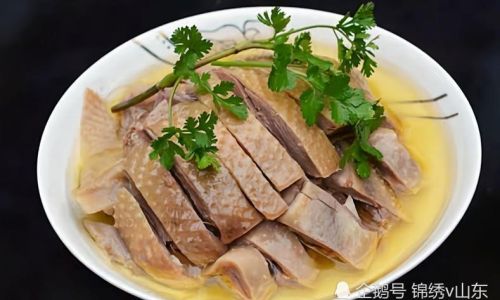
In this article, we will delve into a classic homemade recipe for Saltwater Goose, sharing step-by-step instructions, tips, and tricks that will help you recreate this delightful dish in your own kitchen. Whether you’re a seasoned chef or a novice cook, this recipe promises to deliver a meal that will be cherished by all.
Section 1: Understanding the Ingredients
Before diving into the recipe, it’s crucial to understand the role each ingredient plays in creating the perfect Saltwater Goose. Here’s a breakdown of the essentials:
-
Goose: The star of the dish, choose a goose that is plump and has a good layer of fat. The fat not only adds flavor but also helps to keep the meat moist during cooking.
-
Salt: The cornerstone of Saltwater Goose, it seasons the meat and draws out moisture, enhancing the texture and flavor. Use coarse sea salt or kosher salt for the best results.
-
Water: While it may seem like a simple ingredient, the quality of water can affect the final taste of the dish. Use filtered or bottled water if possible to avoid any unwanted flavors.
-
Aromatics: Ingredients like ginger, garlic, and green onions add layers of complexity to the dish. They also help to neutralize any gamey flavors that goose can sometimes have.
-
Spices: A blend of spices such as star anise, Sichuan peppercorns, and cloves can elevate the dish, giving it a more sophisticated profile.
-
Herbs: Fresh herbs like cilantro or parsley can be used as garnishes to add a burst of freshness and color to the finished dish.
Section 2: Preparing the Goose
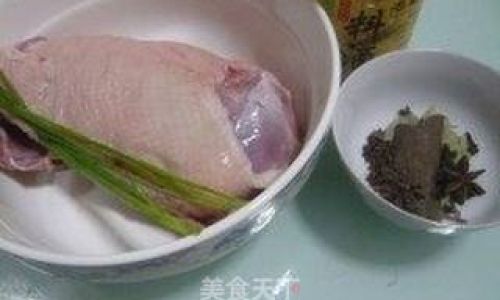
Before you begin cooking, there are a few preparatory steps that are crucial for ensuring the success of your Saltwater Goose:
-
Cleaning the Goose: Start by thoroughly rinsing the goose inside and out under cold running water. Remove any feathers, fat deposits, or internal organs that are not needed for the dish. Pat the goose dry with paper towels.
-
Trussing the Goose: Trussing, or tying the goose, helps to keep its shape intact during cooking, ensuring even heat distribution. Use kitchen twine to tie the legs together and tuck the wings under the body.
-
Scoring the Skin: Make shallow cuts on the skin of the goose to allow the fat to render more effectively during cooking. This will also help the skin to crisp up nicely.
Section 3: The Cooking Process
Now that your goose is prepared, it’s time to dive into the cooking process. Follow these steps to create a delicious Saltwater Goose:
-
Brining (Optional but Recommended): For an extra layer of flavor and moisture retention, you can brine the goose overnight. Combine water, salt, and a few aromatics like garlic and ginger in a large pot. Submerge the goose in the brine, ensuring it is fully covered, and refrigerate for 12-24 hours.
-
Preparing the Saltwater Bath: In a large pot or stockpot, combine water, salt, and your chosen aromatics and spices. The ratio of salt to water will depend on your taste preference, but a good starting point is about 1 cup of coarse salt per gallon of water. Bring this mixture to a boil, then reduce to a simmer for a few minutes to allow the flavors to meld.
-
Cooking the Goose: Carefully lower the trussed goose into the simmering saltwater bath. The water should come up to about three-quarters of the goose’s body. If it doesn’t, you can add more boiling water to achieve the desired level. Cover the pot with a lid and let the goose simmer gently for about 2-3 hours, or until the meat is tender and cooked through. Use a meat thermometer to check the internal temperature; it should reach 165°F (75°C).
-
Resting the Goose: Once cooked, remove the goose from the pot and let it rest for at least 20-30 minutes. This allows the juices to redistribute, ensuring a moist and flavorful final dish.
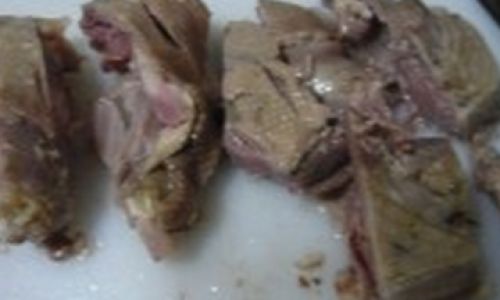
Section 4: Serving and Enjoying Your Saltwater Goose
With your Saltwater Goose cooked and rested, it’s time to serve and enjoy this culinary masterpiece. Here are a few serving suggestions:
-
Carving the Goose: Use a sharp knife to carve the goose into thin slices. Start with the breast meat, which is the most tender, and then move to the legs and thighs.
-
Accompaniments: Serve the Saltwater Goose with traditional sides like steamed rice, pickled vegetables, and a spicy dipping sauce made from chili oil, soy sauce, and garlic. This will balance the richness of the goose and provide a refreshing contrast.
-
Garnishes: Add a touch of elegance to your dish with freshly chopped herbs like cilantro or parsley. This not only enhances the flavor but also adds a pop of color to your plate.
-
Leftovers: If you have any leftovers, don’t worry – Saltwater Goose can be repurposed into delicious meals like goose soup, stir-fries, or even sandwiches.
Section 5: Tips and Tricks for Perfect Saltwater Goose
Achieving the perfect Saltwater Goose takes practice, but here are a few tips and tricks to help you along the way:
-
Temperature Control: Maintaining a gentle simmer is key to cooking the goose evenly without drying it out. Avoid letting the water boil vigorously, as this can cause the meat to become tough.
-
Monitoring the Cooking Process: Keep an eye on the water level during cooking. If it drops too low, add more boiling water rather than cold, to avoid shocking the goose and slowing down the cooking process.
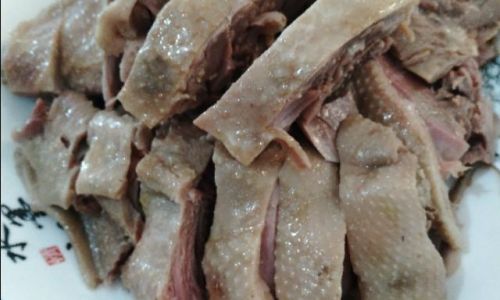
-
Seasoning to Taste: The amount of salt you use will depend on your personal preference and the size of the goose. Start with a moderate amount and adjust according to taste during the cooking process.
-
Using a Slow Cooker: For an easier cooking experience, you can use a slow cooker instead of a stovetop. Simply prepare the saltwater bath, add the goose, and cook on low for about 6-8 hours, or until the meat is tender.
-
Experimenting with Flavors: Feel free to experiment with different spices and aromatics to create your own unique version of Saltwater Goose. Cinnamon, bay leaves, and even a splash of rice vinegar can add interesting twists to the dish.
Conclusion
In conclusion, Saltwater Goose is a delightful and rewarding dish to prepare at home. Its rich, savory flavor and tender texture make it a perfect choice for special occasions or simply a hearty meal with family. By following the steps outlined in this recipe and incorporating your own personal touches, you can create a Saltwater Goose that is truly your own.
Remember, the beauty of homemade cooking lies in its ability to bring people together and create lasting memories. So, gather your loved ones, roll up your sleeves, and dive into the world of Saltwater Goose – a culinary journey that promises to delight your taste buds and warm your heart.
Happy cooking!

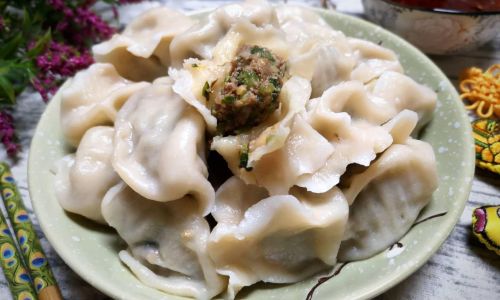


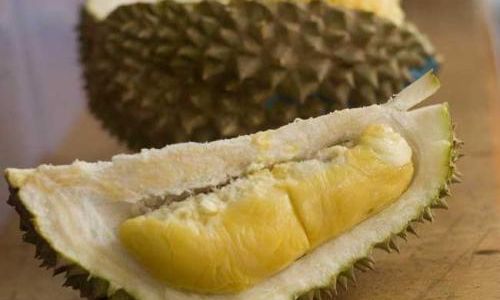
0 comments